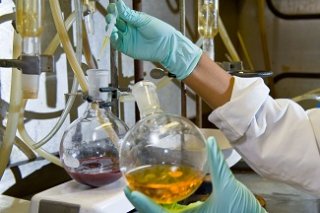Evaluating Analytical Method Improvements for Six-Year Review of Drinking Water Standards

-
evaluating contaminants for which the current maximum contaminant levelThe highest level of a contaminant that is allowed in drinking water as delineated by the National Primary Drinking Water Regulations. These levels are based on consideration of health risks, technical feasibility of treatment, and cost-benefit analysis. (MCL) was limited by analytical feasibility at the time the MCL was established and
-
assessing the availability of any newer improved methods.
This means the Agency might have chosen a lower MCL when the drinking water standard was set, but it would not have been possible to reliably and consistently measure at that level. If newer, more precise laboratory methods are now available, it may be possible to lower the MCL in the future.
The evaluation of analytical method improvements consists of determining whether there have been advances in laboratory technology to enable a revision to the "quantification level" for a regulated contaminant. The quantification level is the level at which most laboratories can reliably and consistently measure a chemical contaminant in drinking water.
EPA reviews and approves analytical methods to measure contaminant levels under a separate regulatory process. Therefore, Six-Year Review does not include a review to determine whether the approved analytical methods can be revised. Rather, Six-Year Review considers improved EPA analytical methods if they are presently available.
